
Senior physics writer Emily Conover joined Science News in 2016. She has a Ph.D. in physics from the University of Chicago, where she studied the weird ways of neutrinos, tiny elementary particles that can zip straight through the Earth. She got her first taste of science writing as a AAAS Mass Media Fellow for the Milwaukee Journal Sentinel. She has previously written for Science Magazine and the American Physical Society. She is a two-time winner of the D.C. Science Writers’ Association Newsbrief award, and a winner of the Acoustical Society of America’s Science Communication Award.

Trustworthy journalism comes at a price.
Scientists and journalists share a core belief in questioning, observing and verifying to reach the truth. Science News reports on crucial research and discovery across science disciplines. We need your financial support to make it happen – every contribution makes a difference.
All Stories by Emily Conover
-
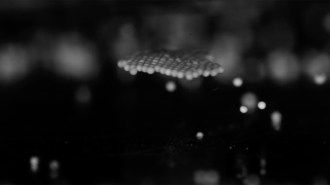 Physics
PhysicsLevitating plastic beads mimic the physics of spinning asteroids
"Tabletop asteroids," buoyed by sound waves, hint at why some loosely bound space rocks have odd shapes and can’t spin too quickly.
-
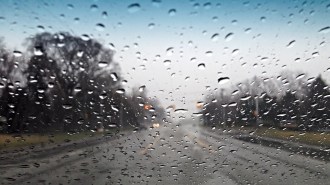 Physics
PhysicsPhysicists explain the mesmerizing movements of raindrops on car windshields
Wind and gravity compete to make some raindrops go up while others slide down, a mathematical analysis suggests.
-
 Physics
PhysicsRussia’s war in Ukraine raises nuclear risks, physicists warn
Experts flag the potential for accidents at seized nuclear sites as well as the increased dangers of accidental nuclear warfare.
-
 Astronomy
AstronomyAstronomers may not have found a sign of the universe’s first stars after all
A new study of radio waves from early in the universe’s history finds no hint of the “cosmic dawn” claimed by an earlier study.
-
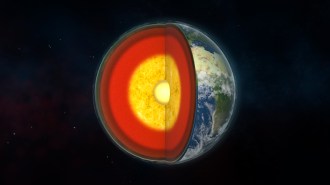 Earth
EarthWeird ‘superionic’ matter could make up Earth’s inner core
Computer simulations suggest that matter that behaves like a mash-up of solid and liquid could explain oddities of Earth’s center.
-
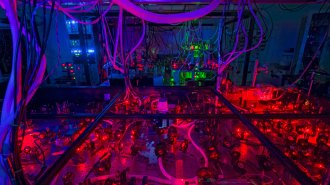 Quantum Physics
Quantum PhysicsThe quantum ‘boomerang’ effect has been seen for the first time
Jostled particles return to their starting points in certain materials, an experiment reveals, confirming theoretical predictions.
-
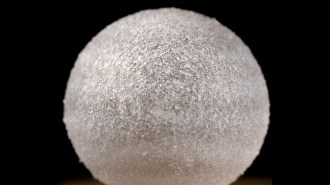 Physics
PhysicsAn ‘everlasting’ bubble endured more than a year without popping
One of the bubbles, made with water, glycerol and microparticles, lasted 465 days before popping.
-
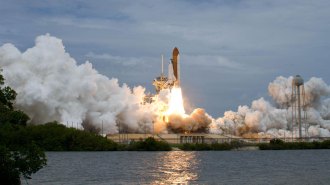 Space
Space50 years ago, NASA’s space shuttle program got the green light
For over 30 years, space shuttles helped revolutionize science. Now, NASA is tackling new frontiers with help from commercial spaceflight companies.
-
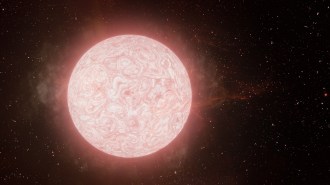 Astronomy
AstronomyAn early outburst portends a star’s imminent death
An eruption before a stellar explosion was the first early warning sign for a standard type of supernova.
-
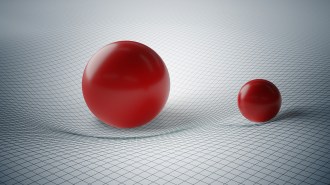 Quantum Physics
Quantum PhysicsQuantum particles can feel the influence of gravitational fields they never touch
A quantum phenomenon predicted in 1959, the Aharonov-Bohm effect, also applies to gravity.
-
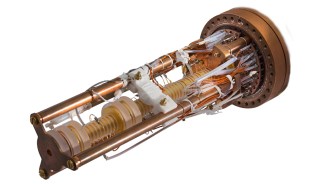 Physics
PhysicsAntiprotons show no hint of unexpected matter-antimatter differences
The ratio of electric charge to mass for protons mirrors that of their antimatter counterparts.
-
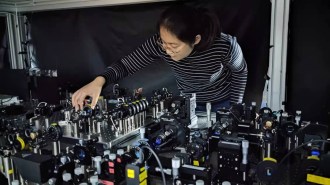 Quantum Physics
Quantum PhysicsQuantum physics requires imaginary numbers to explain reality
Quantum theory based only on real numbers fails to explain the results of two new experiments.